|
The ink used for Chinese or Japanese calligraphy is based on glue, which is often manufactured from animal bones. For this reason, calligraphy brush has to be washed immediately after writing. If the ink dries out on the brush, it will ruin it permanently. The most vulnerable and difficult to wash is the base of the tuft (see picture 1), i.e. the place where the hair is mounted inside the brush handle. This part of the calligraphy brush is where the ink dries out much faster, and it takes time to wash it off. As shown in the picture 1, by the brush should be washed by squeezing the base of the brush tuft under running cold tap water, and without applying excessive force. To allow the tuft to sponge more water inside the part known as "the stomach" (腹), you can fold a palm of your hand into a scoop, and tap the brush inside a shallow pool of water. Brush is clean when the water squeezed out from the brush is clear. Depending on the size of the brush, washing can be quite time consuming. Washing of large calligraphy brushes (15 - 20 cm long) can take somewhere between 30 -45 minutes. Once the brush is washed, the brush tuft should be formed into a perfectly round and pointy spear. Make sure that the hair is neatly arranged. Finally, the brush handle needs to be dried with a cloth, and hung on a brush hanger, tuft down.
Useful tip: My advice is to wet the calligraphy brush tuft before using (following the steps shown in pictures 1, 3, 4 and 5). I have noticed that if done so, the ink dries out much slower, and it takes much shorter to wash the brush (ink is kept moist in the entire tuft). |
Categories
All
AuthorPonte Ryuurui (品天龍涙) Archives
August 2020
|
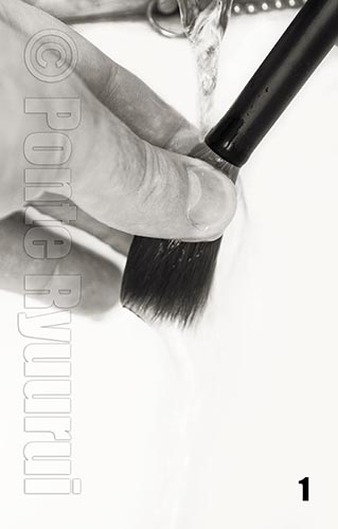
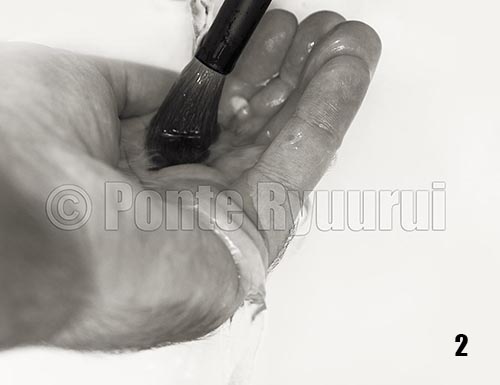
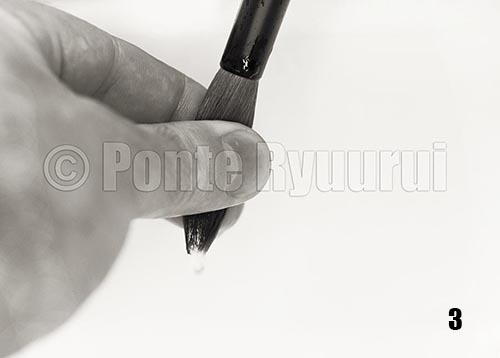
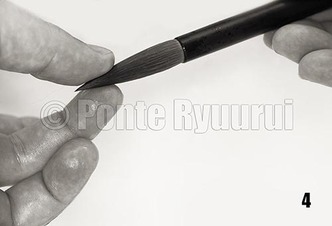
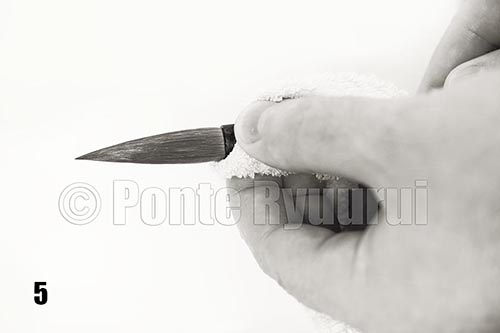

 RSS Feed
RSS Feed
